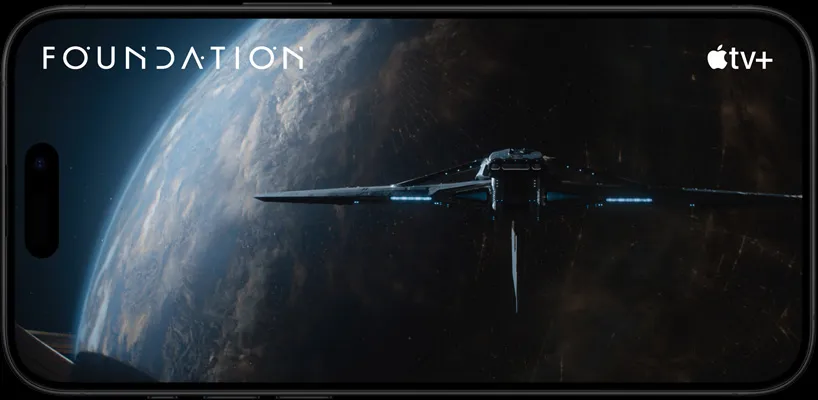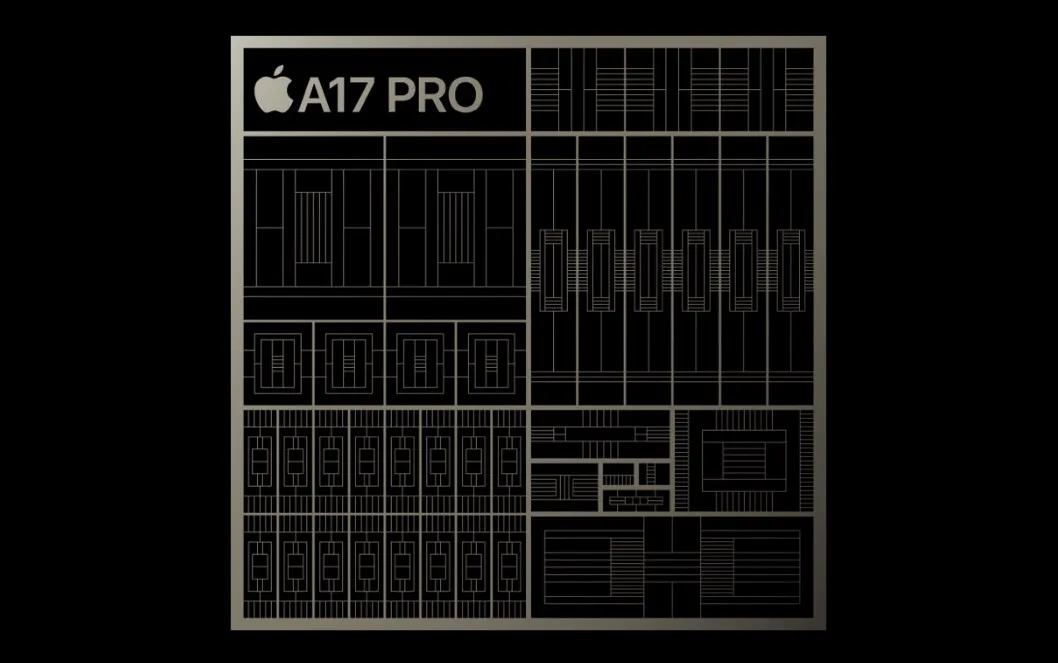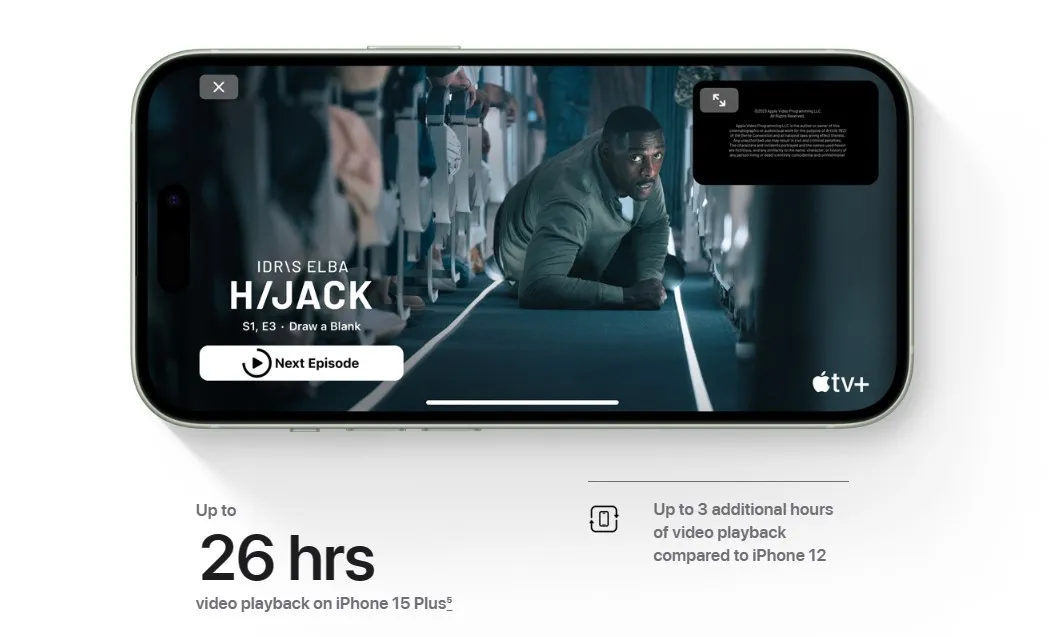7 Key Differences Between iPhone 15, 15 Plus, 15 Pro, and 15 Pro Max
Cupertino, at local time on September 12, 2023, marked the launch of four additions to the Apple iPhone 15 Series: the iPhone 15, iPhone 15 Plus, iPhone 15 Pro, and iPhone 15 Pro Max.
These new releases serve as the successors to the iPhone 14 Series, which was launched in September 2022. Following the release, several notable features have caught the attention of tech enthusiasts and industry experts alike. Notably, the Dynamic Island feature has been integrated into all the models, marking a significant enhancement.
Adding to the excitement are the iPhone 15 Pro and iPhone 15 Pro Max, both boasting a robust titanium construction, alongside the prominent upgrades seen in the main cameras of the iPhone 15 and iPhone 15 Plus. Join the Carisinyal team and me as we delve into the distinctive differences that set each of these iPhone 15 Series models apart. Stay tuned for a detailed analysis till the very end!
Differences between the iPhone 15 Series
The iPhone 15 Series boasts numerous enhancements across each model, despite bearing a resemblance to the previous generation in terms of appearance. To avoid any confusion when distinguishing between each model in the iPhone 15 Series, take note of the detailed point-by-point breakdown below.
1. Design, Materials, and Dimensions

The frontal designs of all four iPhone 15 Series models are sleek and compact, featuring thin, symmetrical bezels and utilizing a Dynamic Island-style notch. This particular notch style is a novelty for the iPhone 15 and iPhone 15 Plus, as it was previously exclusive to the iPhone 14 Pro and iPhone 14 Pro Max models.
The sides maintain uniformity, with the frame showcasing a contemporary flat design, reminiscent of its predecessors. A distinguishing element lies in the configuration of the camera setups, which vary according to the number of lenses incorporated.
In terms of construction materials, the iPhone 15 Pro and iPhone 15 Pro Max stand out as premium offerings, boasting frames fabricated from aircraft-grade titanium. This material offers a robust yet lighter alternative to the aluminum frames featured in the iPhone 15 and iPhone 15 Plus.
The materials utilized for the front and back remain consistent across all four models. Each is equipped with an IP68 rating and incorporates Corning's Ceramic Shield glass for the front, coupled with a glass featuring a textured matte finish at the back, ensuring both aesthetics and durability.
When it comes to color schemes, the iPhone 15 Pro and 15 Pro Max offer a more subdued palette, contrasting with the vibrant and youthful hues available for the iPhone 15 and iPhone 15 Plus.

The Pro models offer a selection of four distinct color choices: Black Titanium, White Titanium, Blue Titanium, and Natural Titanium. On the other hand, the non-Pro variants present a lively palette of five shades: Blue, Black, Green, Yellow, and Pink.
In terms of size and weight, the iPhone 15 Pro Max leads the pack as the largest and heaviest, tipping the scales at 221 grams. It's followed by the iPhone 15 Plus weighing 201 grams, the iPhone 15 Pro at 187 grams, and the iPhone 15 at a lighter 171 grams.
Remarkably, all four models in the iPhone 15 Series are lighter than their iPhone 14 Series counterparts. The most notable reduction in weight is seen in the iPhone 15 Pro and iPhone 15 Pro Max, both benefiting from the lightweight titanium frames. For comparison, the iPhone 14 Pro Max weighed in at 240 grams, while the iPhone 14 Pro was 206 grams.
2. Technology, Capabilities, and Screen Size

The Pro models continually set themselves apart with superior technology and capabilities, especially in the display department. Exclusive to the iPhone 15 Pro and iPhone 15 Pro Max are the LTPO Super Retina XDR OLED panels, which support a 120 Hz adaptive refresh rate, providing smoother motion animations for both navigation and gaming experiences.
On the other hand, the iPhone 15 and iPhone 15 Plus retain the Super Retina XDR OLED panels seen in their predecessors, offering a standard refresh rate of 60 Hz. Though the refresh rate differs, it primarily affects motion smoothness rather than the overall display quality, which remains comparable across all four models.
Each model in the iPhone 15 Series is purported to deliver an impressive brightness level of up to 1600 nits during HDR video playback. Furthermore, an elevated brightness of 2000 nits can be attained when utilizing the phone in outdoor settings, enhancing visibility and clarity.
In regards to screen resolution and size, the iPhone 15 Pro Max shares similarities with the iPhone 15 Plus, both featuring a resolution of 1290 x 2796 pixels and a 6.7-inch diagonal display. In contrast, the iPhone 15 Pro and iPhone 15 offer screens with a resolution of 1179 x 2556 pixels, and a slightly smaller 6.1-inch diagonal display.
3. Chipsets: Apple A17 Pro Vs Apple A16 Bionic

Apple unveiled its latest chipset, the Apple A17 Pro, breaking away from the traditional "Bionic" moniker that adorned its previous series of chipsets.
The A17 Pro powers the iPhone 15 Pro and iPhone 15 Pro Max, integrating six CPU cores, six GPU cores, and 16 neural engine cores into its structure.
Though Apple hasn't disclosed the specific clock speed of this 3 nm chipset, it revealed that the CPU is segmented into two clusters: one featuring two cores dedicated to performance, and the other housing four cores aimed at optimizing efficiency.
While the exact RAM capacity for the iPhone 15 Pro and iPhone 15 Pro Max wasn't detailed by Apple, some sources suggest an upgrade to 8 GB of RAM, an increase of 2 GB from the preceding generation.
Conversely, the iPhone 15 and iPhone 15 Plus are equipped with the proven Apple A16 Bionic chipset, a carryover from the iPhone 14 Pro Max. Despite its legacy, this chipset remains cutting-edge, manufactured with a 4 nm fabrication process to ensure speed and modernity.
The Apple A16 Bionic houses integral components including a six-core CPU, a five-core GPU, and a 16-core neural engine. Post-review testing has revealed the CPU's clock speeds: the two performance cores, dubbed "Everest", operate at a frequency of 3.46 GHz, while the four efficiency cores, named "Sawtooth", function at 2.02 GHz.
It's speculated that the iPhone 15 and iPhone 15 Plus come equipped with 6 GB of RAM, maintaining the same capacity as found in the iPhone 14 Plus and iPhone 14.
To simplify your understanding of the available internal memory options across the different models, here are the variants listed in point form:
- iPhone 15 Pro Max: 256 GB, 512 GB, 1 TB
- iPhone 15 Pro: 128 GB, 256 GB, 512 GB, 1 TB
- iPhone 15 Plus & iPhone 15: 128 GB, 256 GB, 512 GB
4. Camera Configuration and Features

The selfie camera capabilities across the four iPhone 15 Series models remain consistent, leveraging a 12 MP (f/1.9) autofocus front camera—a holdover from the iPhone 14 Series. Therefore, our focus here shifts to the differences in rear camera setups.
Focusing initially on the iPhone 15 Pro and iPhone 15 Pro Max, we find the most comprehensive camera configuration encompassing a primary camera, an ultrawide lens, and a telephoto lens.
The main camera retains the hardware utilized in the iPhone 14 Pro Max, featuring a 48 MP sensor with an f/1.8 aperture and a sensor size of 1/1.28 inches. This autofocus camera continues to be complemented by sensor-shift stabilization technology for OIS (Optical Image Stabilization).
A notable advancement over the preceding generation is the ability for users to capture images at three distinct focal lengths: 24 mm, 28 mm, and 35 mm. The shorter focal lengths facilitate photography with a broader field of view, ideal for capturing expansive scenes, while the longer focal length can be employed for more detailed, close-up shots.
For the ultrawide camera, the specifications remain unchanged, retaining a resolution of 12 MP (f/2.2) and autofocus capability. The significant update occurs in the telephoto camera, particularly in the iPhone 15 Pro Max variant.
In this edition, Apple has outfitted the iPhone 15 Pro Max's telephoto camera with a remarkable 120 mm focal length, enhancing its optical zoom capabilities from 3x to a potent 5x magnification. Moreover, this 12 MP (f/2.8) telephoto camera integrates an improved stabilization system, transitioning to the more advanced OIS sensor-shift technology, replacing the standard OIS system previously employed.
Conversely, the iPhone 15 Pro maintains a telephoto camera with identical resolution and aperture as the Max model, yet sustains a 77 mm focal length and 3x optical zoom, utilizing the conventional OIS system. These specifications mirror those found in the telephoto camera of the iPhone 14 Pro Max.
Moving on to the iPhone 15 and iPhone 15 Plus, we find that they forgo the telephoto camera, incorporating just the main and ultrawide cameras in their configurations.
Notably, there's a significant improvement in the main camera department. Both devices are now equipped with a 48 MP primary camera boasting an f/1.6 aperture. Coupled with an OIS sensor-shift stabilization system, this camera purports to achieve up to 2x optical zoom.
However, I think the 2x magnification claim is more like a marketing strategy from Apple rather than a true optical magnification. This claim seems to hinge on the process of image magnification via pixel binning, a technique that has become viable due to the quadrupled resolution of the primary camera in both the iPhone 15 and 15 Plus, compared to their predecessors.
On another note, the ultrawide cameras in both models have remained unchanged, maintaining a resolution of 12 MP with an f/2.4 aperture, devoid of autofocus capabilities.
5. Connectivity Support

In adherence to the EU Commission's recent directives, Apple has transitioned to incorporating USB-C ports in its devices, a feature now present across the entire iPhone 15 series, aligning with the prevalent standard found in Android phones.
Moreover, the USB-C ports on all iPhone 15 series models facilitate display output, allowing users to project their screen displays onto monitors via a USB cable, although the supported speeds vary between models.
The iPhone 15 Pro and iPhone 15 Pro Max have embraced USB 3.0 technology, which enables data transfer rates of up to 10 Gb/sec, a remarkable 20-fold increase over the USB 2.0 standard. Conversely, the iPhone 15 and iPhone 15 Plus continue to employ USB 2.0 technology.
Noteworthy differences extend to the Wi-Fi technologies supported by these devices. The iPhone 15 Pro and iPhone 15 Pro Max are capable of supporting the advanced WiFi 6E standard, while the iPhone 15 and iPhone 15 Plus are limited to WiFi 6 compatibility.
Although both WiFi 6E and WiFi 6 offer similar data transfer speeds, the former can access the wider 6 GHz spectrum, as opposed to WiFi 6, which operates solely within the 2.4 GHz and 5 GHz bands.
6. Battery Life

Apple typically does not disclose the specific battery capacities of the iPhones at their launch events, instead choosing to detail the expected battery longevity for each device in terms of usage hours.
In this regard, the iPhone 15 Pro Max takes the lead, boasting an impressive battery life that purportedly supports up to 29 hours of local video playback. Following this, the iPhone 15 Plus offers up to 26 hours of battery life, trailed by the iPhone 15 Pro with 23 hours, and the iPhone 15 which lasts up to 20 hours.
It's notable that the battery endurance for these new models maintains the standard set by their predecessors, showing no significant advancements in this area.
7. Price

The iPhone 15 Pro Max holds the position of being the priciest model in the iPhone 15 Series roster. Its entry-level variant, which offers 256 GB of storage, commands a retail price of 1199 US dollars.
On the other hand, the pricing for the iPhone 15 Pro commences at $999 for the 128 GB version. Following this, the iPhone 15 Plus is available starting at $899 for its 128 GB variant, and the iPhone 15 has an initial price point of $799 for the 128 GB model. It is important to note that these prices were established at the time of the phones' respective launches.
Here is the pricing structure (in US dollars) for the four models in the iPhone 15 Series
| Internal Memory | the iPhone 15 Pro Max | the 15 Pro | the 15 Plus | iPhone 15 |
| 128 GB | - | 999 | 899 | 799 |
| 256 GB | 1199 | 1099 | 999 | 899 |
| 512 GB | 1399 | 1299 | 1199 | 1099 |
| 1 TB | 1599 | 1499 | - | - |
Conclusions
The launch of the iPhone 15 Series marks the definitive end of Apple's "mini" model range, which last featured in the 2021 lineup with the iPhone 13 mini. The current line-up mirrors the iPhone 14 Series, offering Pro Max, Pro, Plus, and standard versions.
In my view, this shift indicates that the Plus variant holds a stronger market appeal compared to the mini variant. Moreover, Apple continues to cater to fans of smaller iPhones through offerings like the iPhone SE. It's also evident that Apple maintains a cautious approach as a manufacturer.
They tend to introduce new features selectively, initially incorporating them into one or two models. If these features are well-received, they are then extended to other models in subsequent generations.
In the iPhone 15 Series, the noteworthy introduction is the telephoto camera in the Pro Max, which boasts a remarkable optical magnification capacity of up to 5x, along with the use of titanium material. Simultaneously, the iPhone 15 Plus and iPhone 15 are adopting the previously introduced Dynamic Island feature.
Furthermore, a significant development is the standardized use of USB-C ports across all four models in the iPhone 15 Series. This is a convenience for users who also have MacBooks, iPads, and Android devices, as it eliminates the need for multiple charging cables, promoting a more integrated experience.
